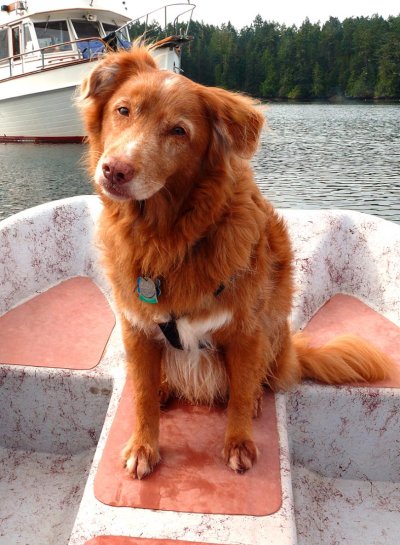We are talking about twins right??... And remember DO NOT TOUCH THE WHEEL... That is textbook..
No it's not. Every competent twin driver I know--- little boat, big boat, landing craft, etc.--- uses every tool in the toolbox: differential thrust, opposing thrust, differential power, rudders, and inertia. Whatever tool and combination of tools it takes to put the boat where you want it is fair game. Smart use of the rudders can make the difference between getting the boat up against the dock in an adverse wind or current or being stopped helplessly off of it and then being carried into a position you don't want to be in or having to go around and try again. The rudders can greatly accelerate the rate at which a boat is being pivoted, or they can slow the rate at which it's being pivoted. The rudders are a terrific and essential tool.
Last edited:


